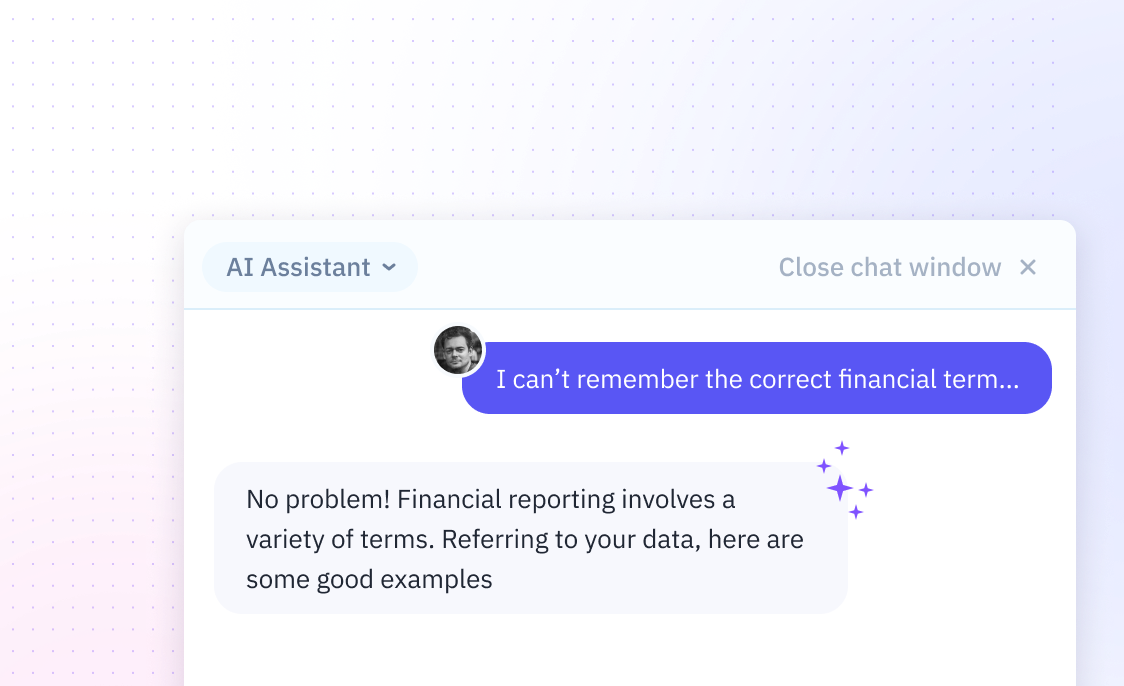
How To Bin Data In Excel
Introduction
Binning data in Excel allows users to group numbers into ranges or categories, enhancing the analysis of large datasets. It's a fundamental technique for statistical analysis, helping in the visualization and simplification of complex data.
While Excel provides basic tools for binning, the process can be intricate and time-consuming. This guide will walk you through the steps to bin data effectively in Excel.
For a more intuitive approach, Sourcetable's AI chatbot can handle data binning and any other spreadsheet task through simple conversation - just upload your data and tell it what you want to analyze. Try Sourcetable to experience how AI can transform your data analysis workflow.
How to Bin Data in Excel
Data binning in Excel summarizes the distribution of values in a dataset. The process uses Excel's Histogram tool, found in the Data Analysis toolpak.
Creating Bins
Start by creating a new column that defines the largest value for each bin. Bins can be equal width or different sizes based on your needs.
Using the Histogram Tool
Select your data range (e.g., A2:A16) as the Input Range and your bin definitions (e.g., C2:C7) as the Bin Range. Set your Output Range (e.g., E2). Check the Chart Output box to create a visual representation.
Binning Methods
Scott's normal reference rule can automatically calculate optimal bin widths for normally distributed data. This method minimizes bias in variance between the histogram and dataset. Alternatively, you can manually set bin widths, number of bins, and overflow/underflow bins.
Data Organization
Excel allows up to eight levels of data organization through outlining. You can group rows, columns, or both. The Subtotal command automatically creates outlines with summary rows.
Common Use Cases for Data Binning in Excel
Visualizing Data Distribution Through Histograms
Create clear visual representations of how your data is distributed across different ranges. This allows you to quickly identify patterns, outliers, and the overall shape of your dataset, making it easier to communicate findings to stakeholders.
Analyzing Sales Performance by Revenue Tiers
Categorize sales transactions into meaningful revenue brackets to evaluate performance levels. This segmentation helps identify which revenue ranges are most common and can inform sales strategies and goal-setting.
Demographic Analysis Through Age Grouping
Transform raw age data from survey responses into meaningful age brackets for demographic studies. This organization enables clearer insights into age-related patterns and helps target specific age groups more effectively.
Customer Spending Pattern Analysis
Group customer transactions into spending ranges to understand purchasing behavior. This segmentation helps identify valuable customer segments and can guide marketing strategies and product pricing decisions.
Time-Based Trend Analysis
Convert timestamp data into specific time intervals to track patterns and trends. This organization allows for easier identification of peak periods, seasonal trends, and long-term patterns in your data.
Sourcetable vs. Excel: A New Era of Spreadsheets
While Excel relies on manual functions and complex formulas, Sourcetable revolutionizes spreadsheet work through AI-powered interactions. This modern spreadsheet solution eliminates the need to learn Excel's extensive function library or spend hours on manual analysis. Simply chat with Sourcetable's AI to create spreadsheets, analyze data, and generate visualizations. Sign up at Sourcetable to experience how AI can answer any spreadsheet question.
Natural Language Processing vs. Manual Formulas
Sourcetable's AI chatbot understands plain English commands to perform complex data analysis. Excel requires users to master hundreds of functions and precise syntax for calculations and data manipulation.
Effortless Data Analysis
Upload files of any size or connect databases directly to Sourcetable for instant analysis through conversation. Excel limits file sizes and requires manual formula application for data analysis.
Automated Visualization
Generate professional charts and visualizations by simply describing what you want to see to Sourcetable's AI. Excel demands manual chart creation and formatting.
Data Creation and Manipulation
Sourcetable can generate sample data sets and modify existing data through simple chat commands. Excel requires manual data entry and manipulation using complex formulas and features.
Frequently Asked Questions
What is data binning in Excel and why is it useful?
Data binning in Excel is a method to place numeric data into bins to summarize the distribution of values in a dataset. It is useful for understanding and visualizing how data values are distributed.
What are the basic steps to bin data in Excel?
To bin data in Excel: 1) Create a new column that defines the largest value for each bin, 2) Use the Data Analysis tool to calculate how many values fall into each bin, and 3) Create a histogram to visualize the distribution.
What are the different methods for creating bins in Excel?
There are two main methods for creating bins in Excel: 1) Making each bin the same width, or 2) Making individual bins different sizes.
What do I need to use the Data Analysis tool for binning in Excel?
You need to have the Analysis Toolpak loaded in Excel to use the Data Analysis option for binning data.
Conclusion
Binning data in Excel requires multiple steps and careful attention to detail. The process can be time-consuming and prone to errors, especially with large datasets.
Modern tools eliminate these challenges. Sourcetable's AI chatbot instantly answers your Excel questions and automates complex data binning tasks.
Streamline your data analysis workflow by trying Sourcetable today.






